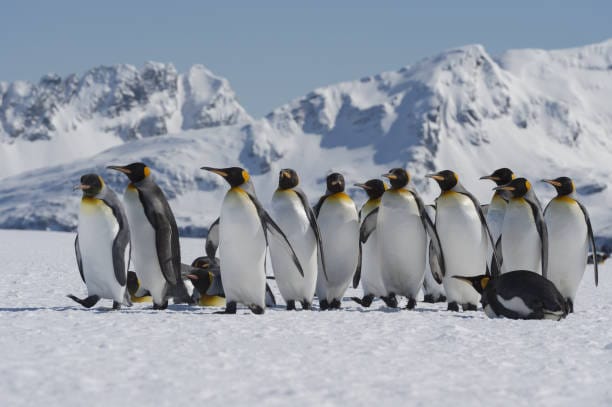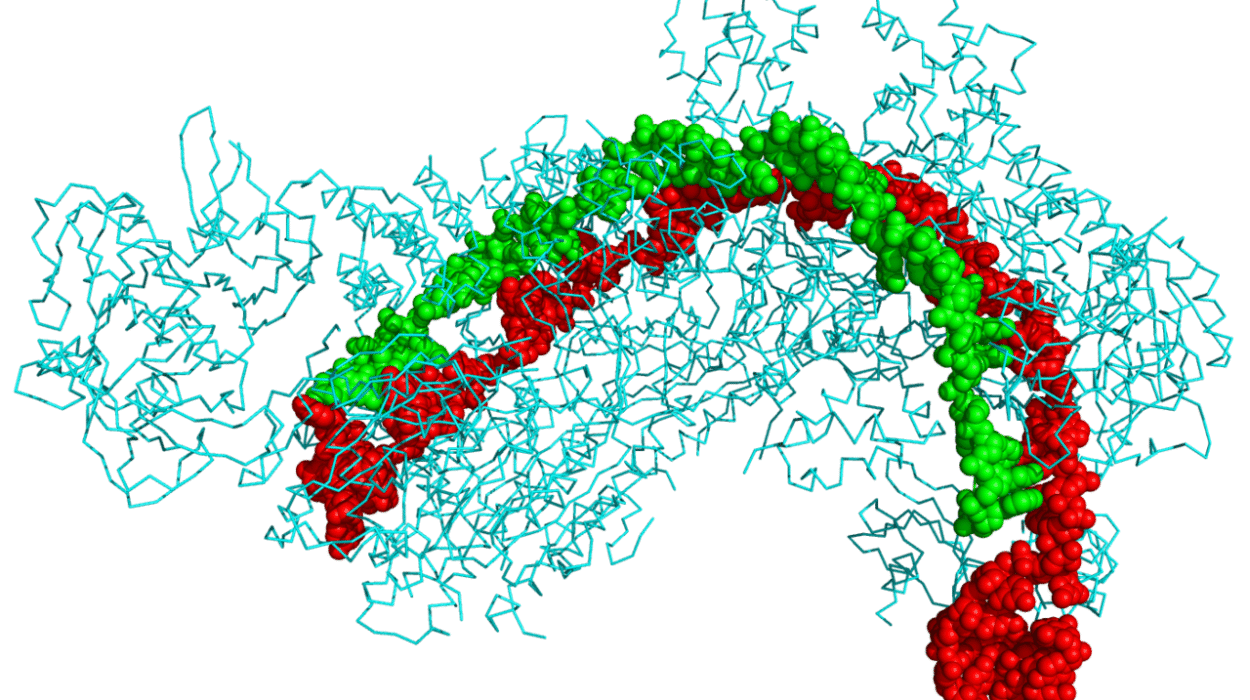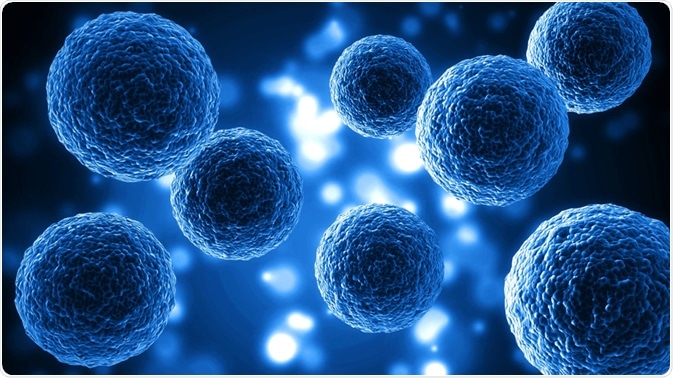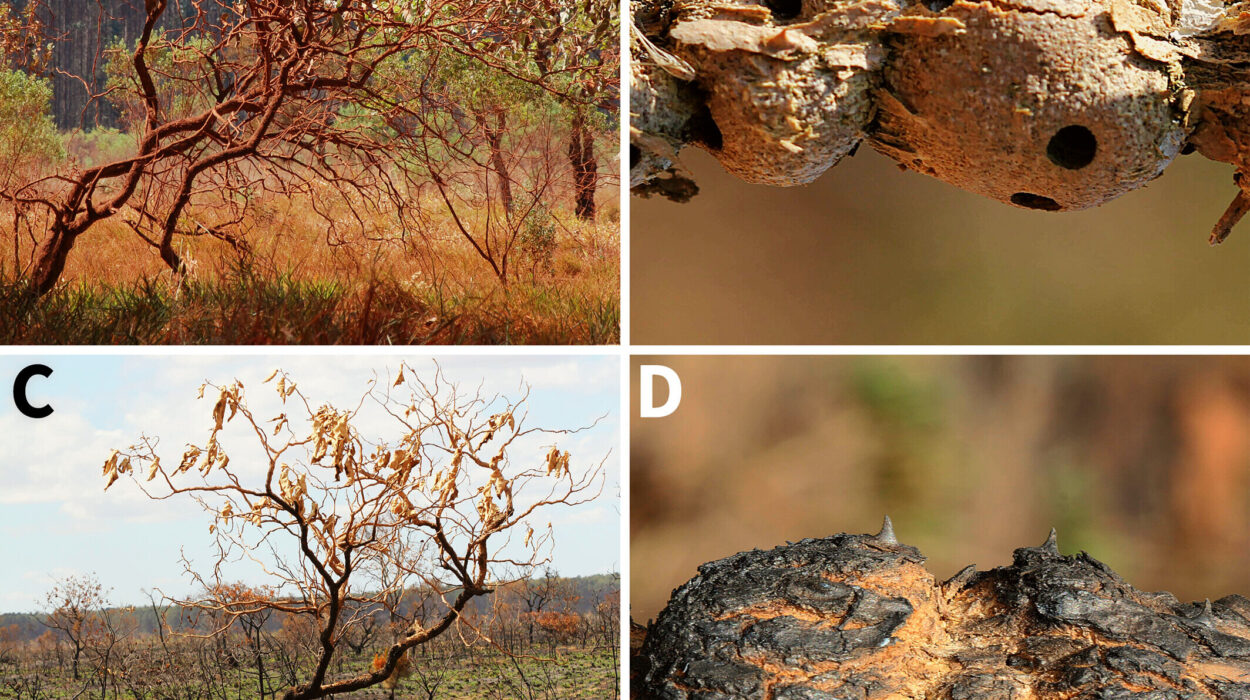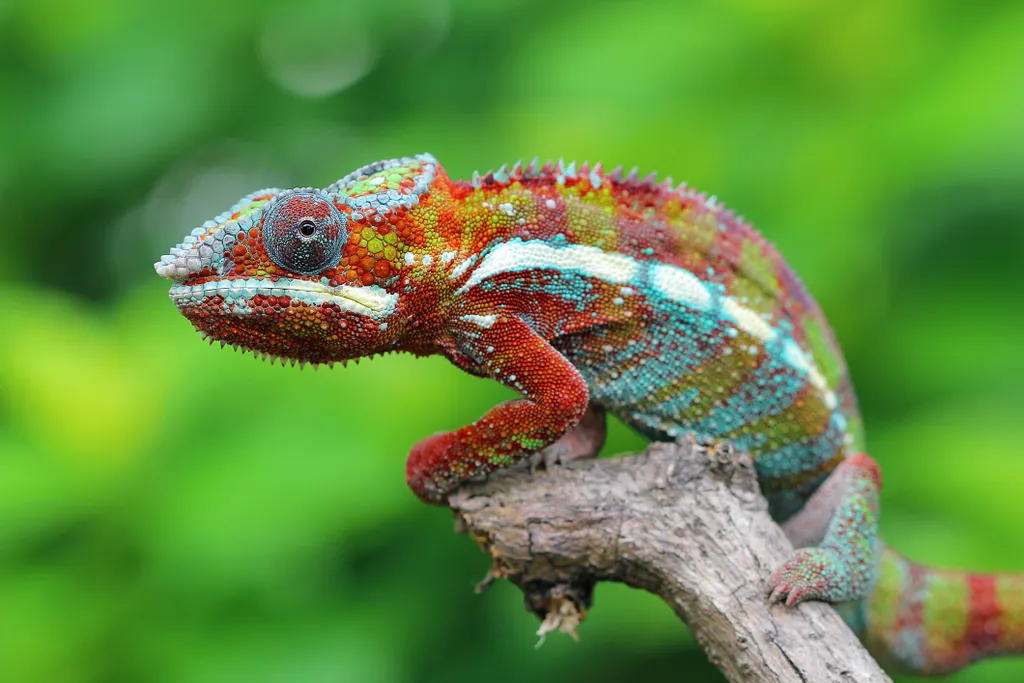Far at the edges of our planet, where the sun barely peeks over the horizon for months and icy winds can slice through even the warmest layers of clothing, a small, black-and-white figure waddles confidently across a frozen expanse. This is the realm of penguins—a place so harsh and unforgiving that few creatures dare call it home. Yet these remarkable birds have turned it into a sanctuary, mastering survival in some of the coldest and most hostile environments on Earth.
Watching a penguin dive into waters that hover just above freezing is like witnessing a miracle of nature. Humans plunged into such icy depths would struggle to survive more than a few minutes, yet penguins swim effortlessly for hours, chasing fish and gliding beneath sheets of floating ice. The story of how they do this is one of evolution’s most astonishing achievements—a saga of resilience, adaptation, and quiet brilliance written into every feather and muscle.
Life at the Bottom of the World
To understand penguins, we must travel to their stronghold: Antarctica and the frigid southern oceans surrounding it. Here, temperatures can plummet to –60°C (–76°F), and winds howl at speeds of over 200 kilometers per hour. The ocean is a vast, icy desert with few refuges from the cold. Yet despite this, penguins not only survive but thrive, forming massive colonies that stretch as far as the eye can see.
Unlike many birds, penguins cannot fly. Evolution clipped their wings millions of years ago, reshaping them into flippers for swimming rather than soaring. In doing so, nature made them creatures of water rather than air. The ocean became their hunting ground and their playground, offering sustenance but demanding extraordinary resilience.
The penguin’s journey from air to water required profound changes to its body and behavior, all aimed at solving a single problem: how to live, move, and even flourish in an environment that would kill most animals in minutes.
Feathers Forged by Ice
One of the most remarkable adaptations of penguins lies hidden in their plumage. At first glance, their feathers seem sparse and simple, but they are anything but. A single square inch of a penguin’s body can hold up to 100 feathers—more than many birds. These feathers are short, stiff, and overlap tightly, creating a waterproof shield that keeps icy water away from the skin.
Beneath this outer layer lies a secret weapon: down feathers that trap air close to the body. This insulating layer acts like a thermal blanket, preventing precious heat from escaping even during long dives under ice. Penguins meticulously preen their feathers every day, coating them with oil from a gland near their tail, ensuring water slides off like rain on waxed glass.
This feather system is so effective that, even when surrounded by freezing water, the skin beneath can stay remarkably warm. In fact, the greatest heat loss for penguins doesn’t happen underwater but when they’re exposed to fierce Antarctic winds above the surface—a challenge they meet with equally ingenious strategies.
A Layer of Life-Saving Fat
Penguins wear another invisible armor: a thick layer of blubber. This fatty insulation is similar to that of whales and seals and can make up a third of a penguin’s body weight during peak seasons. Blubber is not just a passive coat; it stores energy for long fasting periods, such as when Emperor penguins incubate their eggs through months of bitter cold without eating.
Blubber also helps penguins regulate buoyancy in water, allowing them to float effortlessly while conserving energy. But carrying so much fat poses its own challenge: overheating during intense activity. Penguins solve this with specialized blood vessels in their flippers and feet, which act as natural radiators, releasing excess heat when needed. This balancing act between insulation and cooling keeps penguins perfectly tuned to their extreme surroundings.
Masters of the Dive
The ocean is both a source of life and a constant danger for penguins. To feed themselves and their chicks, they must plunge into waters filled with predators like leopard seals and killer whales, often diving hundreds of meters deep. The Emperor penguin holds the record, reaching depths over 500 meters and staying submerged for more than 20 minutes.
This astonishing diving ability relies on a suite of physiological adaptations. Penguins have large, powerful muscles that store oxygen, allowing them to hold their breath far longer than most birds. Their hearts can slow dramatically during dives, conserving oxygen for the brain and essential organs. Even their bones are adapted: solid and dense, they help reduce buoyancy, enabling penguins to descend with ease.
Underwater, penguins transform. On land, they waddle awkwardly, almost comically. But beneath the surface, they become torpedoes, streamlined and fast, propelling themselves with graceful flipper strokes that rival the speed of many fish. This mastery of the ocean allows them to exploit food sources that other creatures cannot reach, turning an inhospitable sea into a feast.
Beating the Cold with Teamwork
Surviving Antarctica is not just about physical adaptations—it’s about cooperation. Nowhere is this clearer than in the behavior of Emperor penguins during the brutal Antarctic winter. When temperatures drop below –50°C and winds howl, thousands of penguins gather in massive huddles, pressing close to one another in a living shield against the cold.
These huddles are marvels of collective intelligence. Penguins constantly shift positions, with those on the freezing edges slowly rotating toward the warmer center. No individual leads this movement; it emerges naturally from the group’s shared instinct to survive. Within these huddles, temperatures can be 30°C warmer than the surrounding air, allowing penguins to endure conditions that would otherwise be lethal.
This communal warmth is especially vital during breeding season. Male Emperor penguins incubate eggs for months while the females hunt at sea. Balancing the precious egg on their feet and covering it with a flap of skin, males cannot move far or feed. The huddle keeps them alive, allowing the next generation of penguins to emerge into the world.
Vision and Hunting in Darkness
Feeding in icy waters is no easy task. Fish, krill, and squid are agile prey that hide beneath ice sheets and swim in the deep. Penguins have evolved exceptional vision adapted to both daylight and the dim, bluish twilight of the ocean depths. Their eyes can adjust rapidly to changes in light, allowing them to hunt efficiently even in the near darkness of winter.
Recent studies suggest penguins may also see ultraviolet light, enhancing their ability to detect prey and navigate underwater landscapes. Combined with their speed and agility, this makes them formidable hunters despite lacking teeth or claws. Instead, penguins use sharp, backward-facing spines inside their mouths to grip slippery fish, ensuring a successful catch.
Communication in the Frozen World
Living in massive colonies presents another challenge: how to recognize your mate or chick among thousands of identical birds. Penguins solve this with complex vocalizations and calls. Each penguin has a unique “voiceprint,” like a fingerprint, allowing parents and chicks to find each other even in chaotic rookeries.
These calls are more than functional; they are part of a rich social life. Penguins engage in elaborate courtship displays, bowing, trumpeting, and offering pebbles as tokens of affection. Bonds between mates can last for years, with pairs reuniting each breeding season despite long separations. This social cohesion is vital for raising chicks in such an unforgiving environment, where cooperation and trust mean survival.
Climate Change: A New Challenge
For millions of years, penguins have thrived at the planet’s frozen edges, their adaptations finely tuned to ice and cold. But now, these environments are changing. Rising global temperatures are melting sea ice, disrupting the ecosystems penguins depend on. Krill populations—the tiny crustaceans that many penguin species feed on—are declining as ice recedes. Breeding grounds are becoming unstable, forcing penguins to travel farther to find food.
Some species, like the Emperor penguin, face significant risk. Scientists warn that if sea ice continues to shrink, many colonies could disappear by the end of the century. Conservation efforts are underway, but the future of these extraordinary birds hinges on humanity’s response to climate change.
The Resilient Spirit of Penguins
Despite these threats, penguins remain symbols of resilience. Their very existence is a triumph of evolution against unimaginable odds. From feather tips to flipper strokes, every aspect of their being tells a story of adaptation to extremes.
Watching a penguin chick emerge from an egg in the heart of an Antarctic storm, shielded by its father’s warmth, is to witness life’s defiance in its purest form. Seeing penguins launch themselves from icy waves, bodies sleek and glistening, is a reminder that nature can turn adversity into elegance.
Lessons from the Ice
Penguins are more than curiosities of nature. They are teachers. Their survival strategies reveal how cooperation, innovation, and resilience can overcome even the harshest challenges. They show that thriving in adversity requires balance: warmth and insulation against cold, yet cooling systems for exertion; solitary strength for diving, yet social unity for breeding.
As climate change tests the limits of life on Earth, penguins stand as living proof that adaptation is possible—but not infinite. They remind us that our planet’s most extreme environments are fragile, interconnected systems that need protection.
In the shimmering twilight of Antarctica, as winds sweep across endless fields of ice, penguins march steadily forward. Their calls echo over frozen plains, a chorus of survival and persistence. And beneath the ice, they dive fearlessly into black waters, masters of a world where only the bravest can endure.
Penguins do not merely survive in freezing waters and harsh climates—they thrive. Their story is a celebration of life’s ability to flourish against all odds, an enduring testament to nature’s creativity and resilience at the farthest edges of the world.
